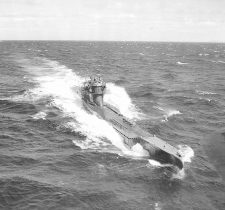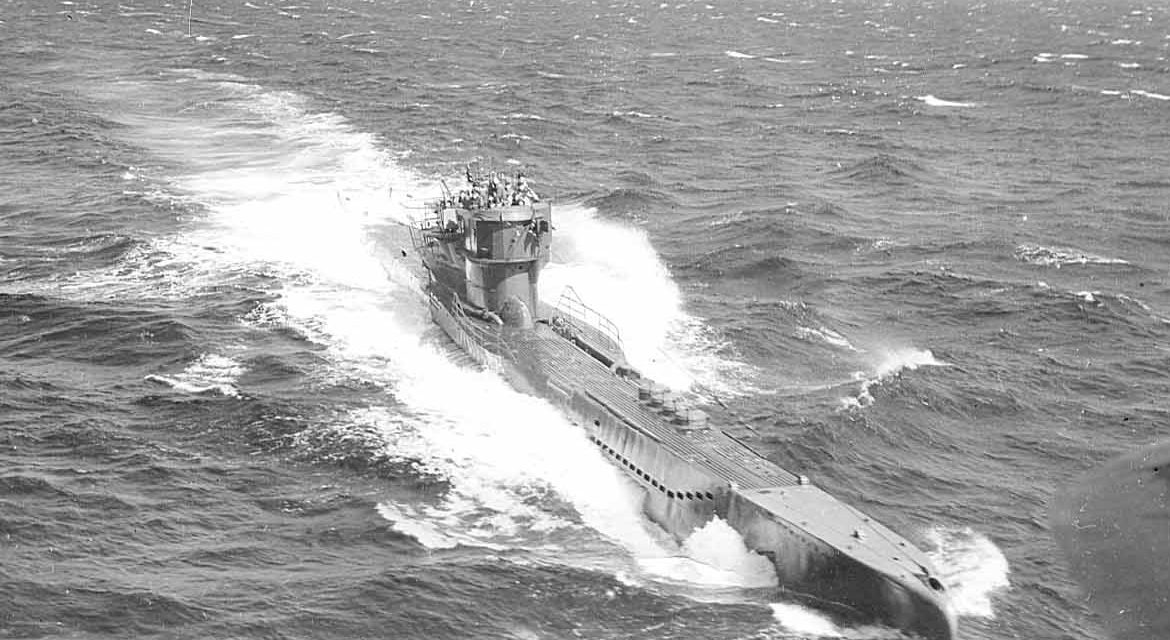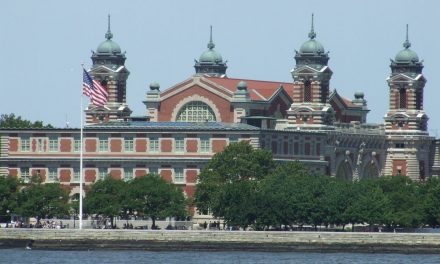Virginia Beach patrons were horrified and awestruck earlier this month as they witnessed an enemy submarine attacking two U.S. merchant ships just a few miles from the coast.
The first attack occurred shortly after 5 p.m. and the second followed about 30 minutes after. Thousands of beach goers lining the shore looked on as Coast Guard surf boats towed to shore life boats from the first ship attacked.
Bombing planes, a Navy blimp and a half dozen naval surface ships quickly arrived on the scene searching for the underwater enemy. They dropped numerous bombs and depth charges in an unsuccessful effort to sink or severely damage the enemy sub. Their efforts resulted in spectacular geysers of water erupting from the sea and shooting skyward.
The two ships carried a crew of 46 and 62, respectively, for a total of 108 men aboard both ships. Second Assistant Engineer Rubin Redwine of Philadelphia is listed as the only fatality of the attack.
First engineer A.W. Brown of Philadelphia, who was on the first ship to be hit, said, “The ship was armed but the gun crew had no opportunity for a shot at the submarine as it remained submerged through the attack.” Another Pennsylvanian aboard the same ship, Captain Martin Johanson of Drexel Park, said that he and two other crewmen reboarded the slowly sinking ship after the attack to look for Redwine but had no luck. They believe he was catapulted off of the ship when the torpedo hit, sending him out to sea, where his body was later discovered.

A German submarine in Atlantic waters. A vessel like this was likely responsible for the attack off Virginia Beach. From Wikimedia Commons.
The first ship attacked remained afloat until late that night, while the other was towed into port. Crowds were held back by soldiers, sailors and coast guardsmen as they cleared a 100-yard stretch of the resort beach in front of a Coast Guard station. Redwine’s oil-covered body was removed from the surfboat and carried to the Coast Guard station.
Redwine’s shipmates abandoned the ship in three lifeboats shortly after a single torpedo struck the starboard side forward of the amidship house. After rowing part of the six miles to shore, they were picked up by a patrol boat and landed several miles down the beach.
As to the second ship, Brown stated that as they were headed to shore “we saw another merchant ship torpedoed. The torpedo hit her at the rudder. It didn’t do much damage but it put her out of commission. Her crew remained onboard.”
Reporters were not permitted to interview crewmen of the second ship, but the ship’s commanding officer, Captain Eric Robert Blomquist of Severn, Maryland, told naval officers that he and his crew did not abandon ship because there was no damage forward or amidships. Major damage consisted of a broken rudder, smashed fuel lines and battered pumps. Only one of the 62 crew members suffered a back injury when he was knocked off his feet by the force of the torpedo explosion.
Ironically, Capt. Blomquist was also the commander of a merchant ship which suffered a similar fate when it was torpedoed off the coast of Africa in late 1940. German subs are and have been a serious threat to all those who enter the open waterways. Submarine warfare is a deadly reality in this war, but normally it takes place far from the view of American civilians. This attack was a sobering reminder to the home front of the deadly consequences of war and the fact that the damage it may inflict knows no boundaries.
Sources:
“U.S. Units Seek Sub After Attack on Merchantmen.” The Washington Post, June 17, 1942, p. 1.
“Crowds See Sub Hit Two Ships Off Virginia.” Chicago Daily Tribune, June 17, 1942, p.1.





